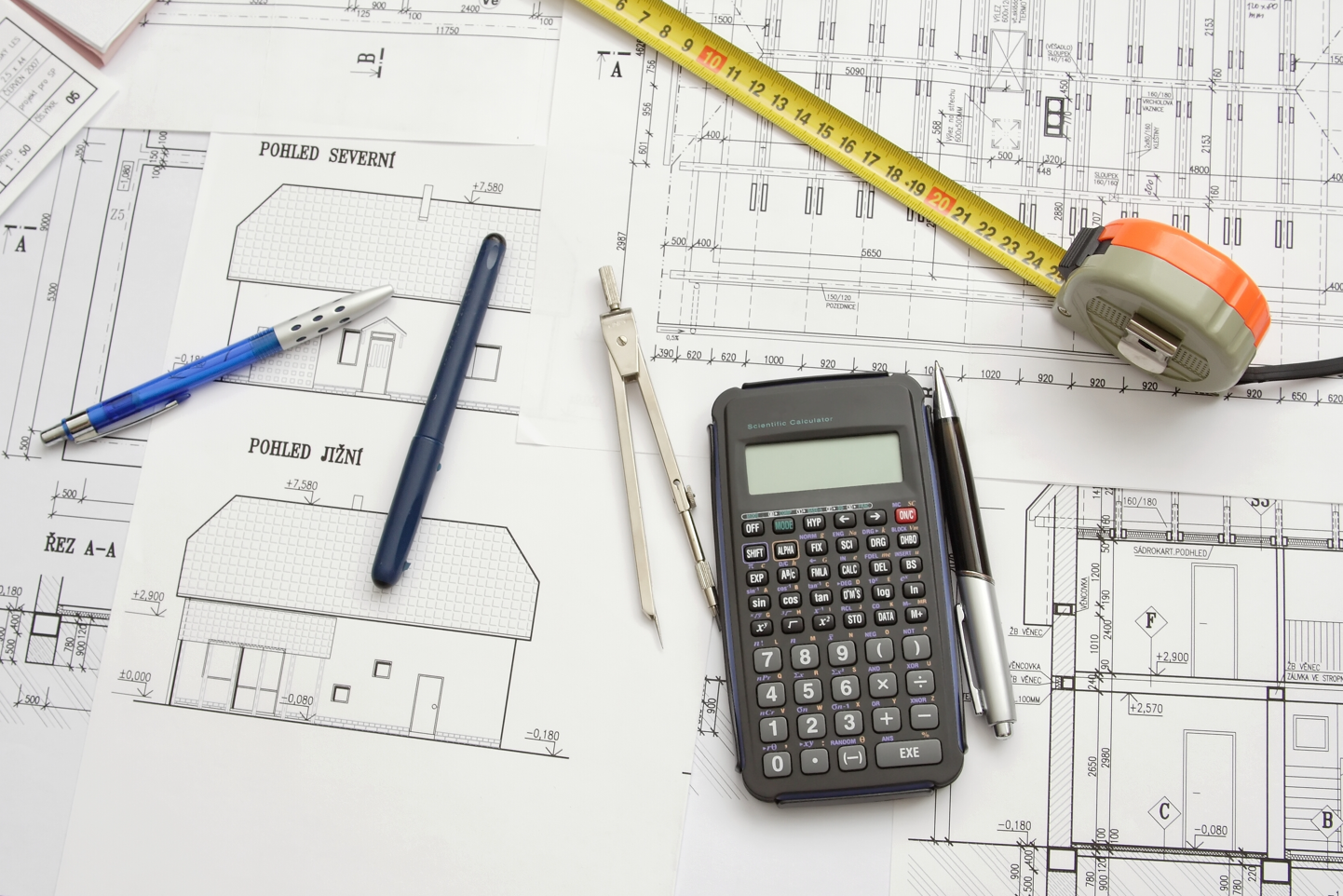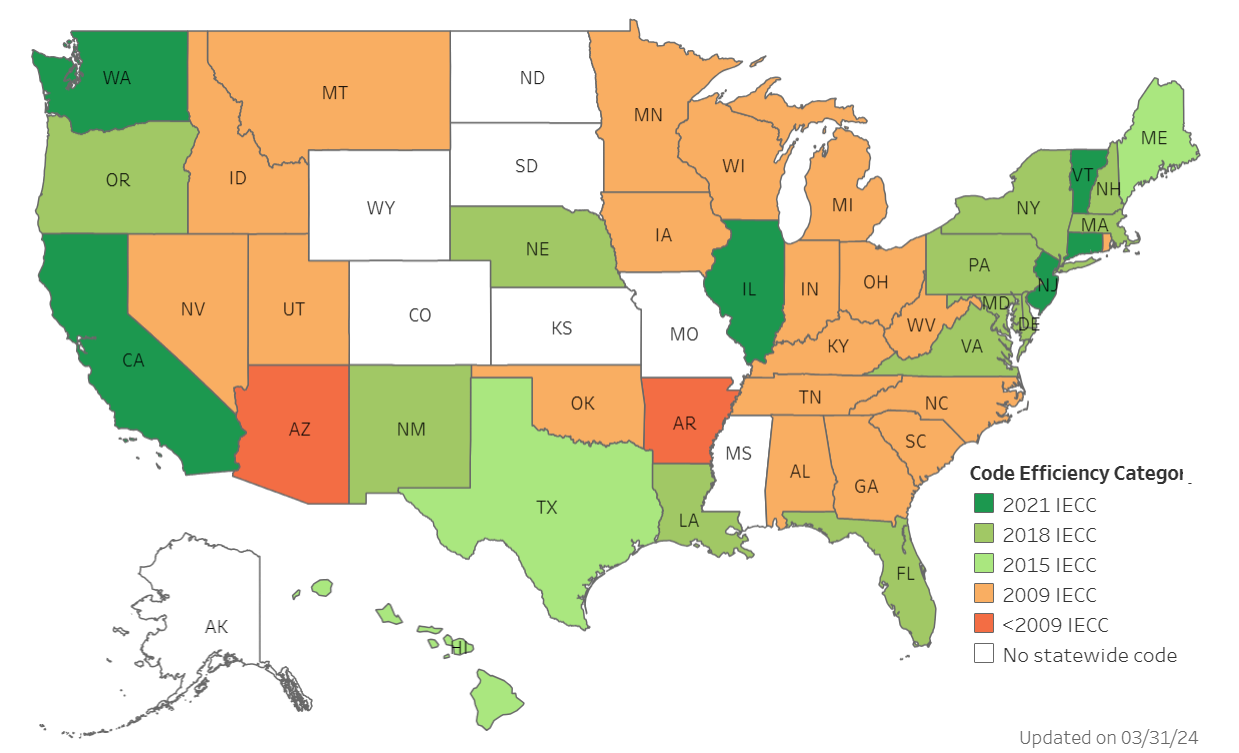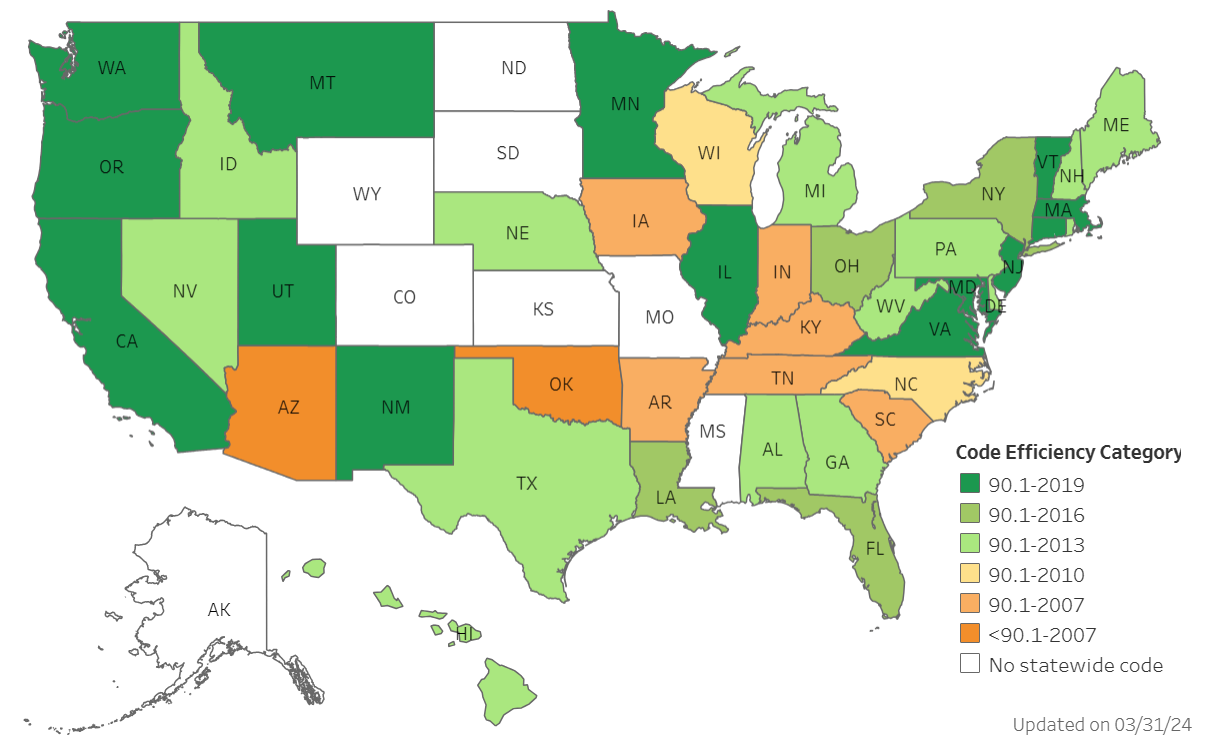
On March 20, the International Code Council (ICC) finalized its residential and commercial building provisions for the 2024 International Energy Conservation Code (IECC), a reference code that many states consult for their statewide building codes. Before finalizing the 2024 IECC, the ICC Board of Directors heeded appeals made by appellants representing the gas industry, building developers, and heating and cooling appliance manufacturers. As a result, proposed provisions that were meant to make installation of electrification technologies cheaper were struck from the 2024 IECC.
Those provisions were moved to appendices of the code because “the Board viewed [them] as concerning greenhouse gas reduction and not building energy conservation.” This determination was met with backlash from electrification advocates because this contradicted what the ICC’s board had communicated to the consensus committee during the development process.
The ICC brings together stakeholders from across the buildings sector to formulate the IECC every three years. These include utilities, state and local governmental officials, advocates, and industry professionals, including building technology manufacturers, homebuilders, and the gas industry. Prior to the 2024 process, this was accomplished by member voting. But after a concerted effort by electrification advocates to get out the vote among eligible government officials that resulted in a much more efficient code, the ICC board changed the process to one determined by consensus.
If a member of the council disagrees with the consensus reached by the group, it is then able to file an appeal to the ICC’s own appeals board. All nine challenges filed by the aforementioned appellants were rejected by the ICC appeals board. After a rejection by the appeals board, appellants have a final opportunity in the form of a two-hour hearing in front of the ICC’s board of directors. This final appeal was granted. Interestingly, a similar appeal-based drama raged during the 2021 IECC’s development, with the code also being finalized in front of the ICC board in the wake of industry appeals.
Most states refer to the IECC to make their residential building codes (Figure 1). Generally, states do not adopt the IECC wholesale, but make changes that align with their own priorities. Some of these priorities may go farther than the base code, but there is nothing preventing states from adopting weaker codes or none at all. Then, a state’s code is written out in its entirety, enacted by state legislatures, and implemented by homebuilders and contractors performing retrofits.
Figure 1: Current Residential Building Code IECC Efficiency Categories Nationwide

Source: Office of Energy Efficiency & Renewable Energy
The IECC is not the only reference code used nationwide. States refer to the building reference code developed by the American Society of Heating, Refrigerating and Air-Conditioning Engineers (ASHRAE) to guide their commercial building stocks (Figure 2). ASHRAE’s codes are also developed every three years; the latest code, Standard 90.1-2022, was released in January 2023.
Figure 2: Current Commercial Building Code ASHRAE Efficiency Categories Nationwide

Source: Office of Energy Efficiency & Renewable Energy
The Department of Energy has statutory requirements for states to refer to the latest version of the IECC and the ASHRAE every three years as they are released. States are required to acknowledge the new codes but not required to adopt them. As shown in Figures 1 and 2, some states choose not to update their codes for several years, especially if they do not set their own statutory requirements to adopt new codes.
Some states enact legislation allowing municipalities to make their own building codes if they wish to enforce a base more energy efficient than the one established by the state. These are known as stretch codes or local reach codes; users are able to search for these terms on our Spotlight States dashboard.
Seven of Buildings Hub’s Spotlight States have enacted or proposed stretch codes: California, Illinois, Massachusetts, New York, Rhode Island, Vermont, and Washington. One state, Maine, in essence has an anti-stretch code, restricting municipalities from expanding upon the state’s base code.
All in all, building codes are critical policy levers for building decarbonization and electrification. The 2024 IECC encourages more energy efficiency than the 2021 codes, but it far from maximizes potential for building electrification. What is particularly concerning is that increasing discord among council members threatens to undermine trust in the ICC and its codes. The IECC serves as a key blueprint for states to adopt building codes that have historically had buy-in from all parts of the buildings sector. If the acrimony over this process is not resolved and, as some suggest, turn to alternatives to the IECC, it could pose significant problems for the continued viability of the council and its products.
The absence of a widely accepted reference code could increase the burden on states to develop their own codes or choose among alternatives. Those without significant capacity to do so could be left with outdated codes that leave energy savings and decarbonization opportunities on the table.



